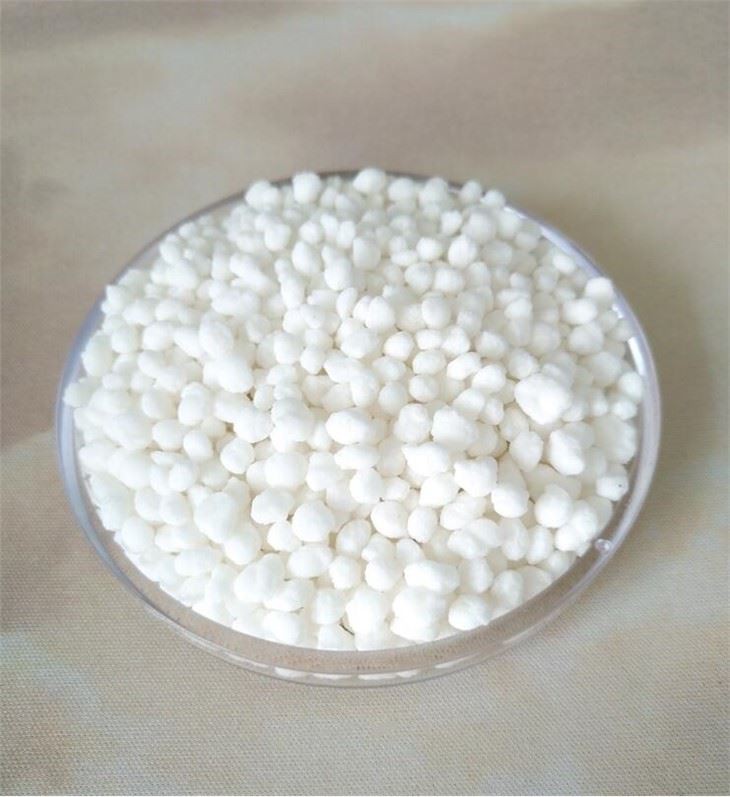



Current Market Trends for Monoammonium Phosphate Pricing and Demand Analysis
The Price Dynamics of Mono Ammonium Phosphate An Overview
Mono Ammonium Phosphate (MAP) is a widely utilized phosphate fertilizer in the agricultural sector, playing a crucial role in enhancing crop yield and quality. The price of MAP can be influenced by a myriad of factors ranging from raw material costs to global supply and demand dynamics. In recent years, understanding these pricing mechanisms has become increasingly important for farmers, agronomists, and businesses in the agribusiness supply chain.
The Composition and Function of MAP
MAP is a source of both phosphorus and nitrogen, two essential nutrients for plant growth. It contains approximately 11% nitrogen and 48% phosphorus pentoxide (P₂O₅). This makes MAP an ideal fertilizer for promoting healthy root development and flowering in various crops. The compound is typically formulated as granules, which are easy to apply and dissolve readily in soil, allowing for rapid nutrient uptake by plants.
Factors Influencing MAP Prices
1. Raw Material Costs The production of MAP involves the use of ammonia and phosphoric acid. The prices of these raw materials can fluctuate based on factors such as natural gas prices (a key feedstock for ammonia) and phosphate rock availability. Significant shifts in the costs of these inputs directly impact the final price of MAP.
2. Global Supply and Demand The global market for fertilizers is highly interconnected. Changes in agricultural production in major exporting countries, like the United States and China, can alter the balance of supply and demand, affecting prices regionally and globally. For instance, a bumper harvest in a major agricultural producer may lead to lower fertilizer demand, resulting in price declines.
3. Trade Policies and Tariffs Government policies and international trade agreements can influence MAP pricing. Tariffs on fertilizer imports can increase costs for consumers in the importing countries, thereby raising local MAP prices. Conversely, subsidies in exporting countries can lower their domestic prices, impacting global price competitiveness.
mono ammonium phosphate price

4. Seasonality Fertilizer demand tends to be seasonal, with peak usage occurring during planting seasons. This seasonality often translates into price fluctuations, whereby prices may increase in anticipation of demand spikes during planting times.
5. Environmental Considerations Growing awareness regarding the environmental impacts of agricultural practices has led to stricter regulations concerning fertilizer use. As agricultural strategies shift towards sustainability, the cost of compliance with these regulations may be passed on to consumers in the form of higher prices for MAP and other fertilizers.
6. Market Speculation Speculation in agricultural commodities can also play a significant role in price determination. Traders anticipating future changes in supply and demand can drive prices up or down, regardless of current market conditions.
Current Market Trends
As of late 2023, the price of MAP has seen notable fluctuations. Inflationary pressures arising from geopolitical tensions and supply chain disruptions have added complexity to the pricing landscape. For instance, the aftermath of recent global events has raised concerns over fertilizer availability, leading to an uptick in MAP prices as farmers seek to secure their supplies ahead of critical planting periods.
Additionally, advancements in agricultural technology and the push for sustainable farming practices are encouraging some farmers to explore alternatives to traditional fertilizers like MAP. This shift could influence long-term demand trends and, subsequently, pricing.
Conclusion
The pricing of Mono Ammonium Phosphate is complex and influenced by a multitude of factors that contribute to its market dynamics. For stakeholders in agriculture, staying informed about these trends is essential for making prudent purchasing decisions and optimizing crop yield. As global agricultural practices evolve and environmental sustainability becomes increasingly prioritized, the landscape of MAP pricing will continue to undergo significant changes. Understanding these dynamics will be crucial for navigating the future of fertilizer investment and usage.
-
Why Sodium Persulfate Is Everywhere NowNewsJul.07,2025
-
Why Polyacrylamide Is in High DemandNewsJul.07,2025
-
Understanding Paint Chemicals and Their ApplicationsNewsJul.07,2025
-
Smart Use Of Mining ChemicalsNewsJul.07,2025
-
Practical Uses of Potassium MonopersulfateNewsJul.07,2025
-
Agrochemicals In Real FarmingNewsJul.07,2025
-
Sodium Chlorite Hot UsesNewsJul.01,2025










